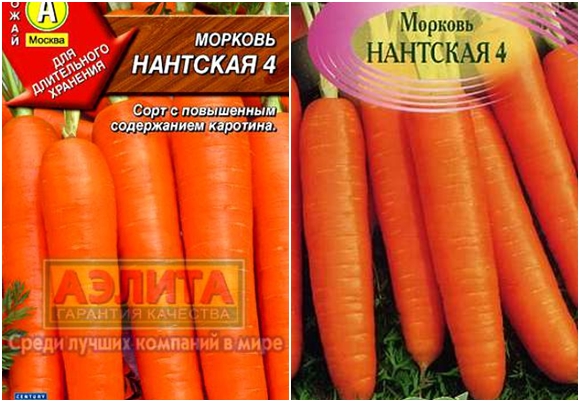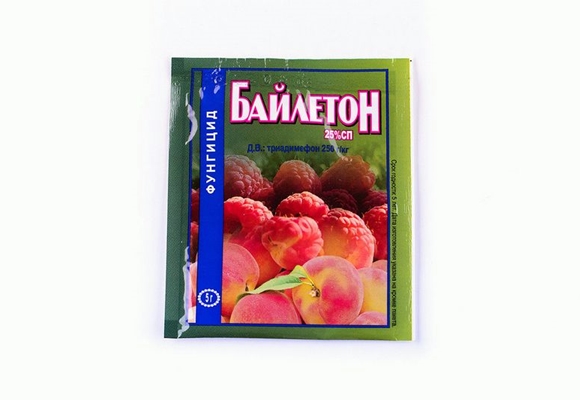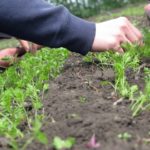Probably not everyone knows, but there are quite a few varieties of carrots. In addition to the usual, domestic ones, imported ones often began to appear, for example, Nantes 4 carrots. And in each region there are so many of its own varieties that it is simply impossible to count them. If we mean a classic variety, we can confidently say that we are talking about a variety like “Nantes carrots”, which is what we will talk about today, let’s look at its description.
What kind of variety is this
Each of us knows this carrot.Its characteristics are as follows: it has a bright orange color, and its length is approximately from 11 to 17 cm. It contains quite a lot of carotene, about 16 grams - this is its main feature. From one square meter planted with Nantes carrots you can get an approximate yield of about six and a half kilograms.
Its composition is diverse with vitamins and beneficial substances, for example, C, PP, B1, B2, K, folic acid and, of course, various essential oils, iron, iodine, phosphorus, etc. This variety of carrot is an excellent remedy for diseases that affect the heart, kidneys and liver, and it is also effective for anemia. It is actively used in the manufacture of baby food, as well as a variety of cosmetics.
Varieties of Nantes carrots
As already mentioned, there are many varieties of Nantes carrots, and they have their own characteristics, which we will now consider.
Nantes 4
It is this variety that has gained immense popularity among garden lovers. The variety ripens quickly; already 3 months after sowing, and in some cases 4, fruit formation begins. Regarding the yield, from 1 square meter planted with this species you can get about 6.5 kilograms of yield, and this is not the limit. The fruits can be stored for a long time and consumed raw or for other purposes.
If you evaluate the taste, Nantes carrots 4 are the best.
Her appearance is a separate issue. This variety can be called a standard; this is what an ideal carrot should look like. Its shape is a cylinder with a tapered tail. The length of the fruit can reach 16 cm, and the weight of 1 carrot ranges from 70 to 160 grams.
To get really good Nantes carrots, it is important to choose the right soil, because it is very demanding in this regard. Light soil is best; using it, you will get an excellent harvest.
Nantes improved
This variety of carrot is similar to the Nantes family of varieties. By the way, one of its features is that it rises quite early. The root crop takes approximately 90 to 100 days to form. The length of the fruit can reach up to 20 cm in length, and the weight of this species reaches up to 150 grams.
It is the Nantes Improved carrot variety that is famous for its juicy and sweet fruits. Most often it is grown for the production of juices; it also contains a huge amount of a useful substance - carotene.
Nantes red
This species can also be classified as an early species, since the approximate period of its growing season ranges from 80 to 100 days. The fruits, after ripening, have a cylindrical shape, and their color is beautiful, red-orange. The approximate length of the fruit is 16 cm. The thickness of the carrot (diameter) can be 6 cm. The approximate weight of the Nantes red fruit is from 90 to 160 grams. This type stands out because it is juicy, crispy and very sweet in taste.
By the way, this particular variety is not afraid of diseases, which quite often affect and spoil the carrot harvest after ripening. The fruits can be stored for a long time, and the taste will remain the same. This is a very good feature, especially for those who plan to store raw fruits for a long time, using them, for example, for food or cooking. It is worth noting its resistance to color, which is also important.
Advantages and disadvantages of the variety
These varieties have no disadvantages, but they have a lot of advantages:
- Good yield.
- It can be stored for a long time and does not spoil.
- Universal in use.
- Excellent taste.
Of the little things, it is worth mentioning that the variety requires good soil, loves the sun and requires frequent watering.
Planting and care
The big mistake most gardeners make is that they rush and plant carrots too early, right after the snow thaws. But you need to take into account that the seeds simply will not ripen until the temperature of the earth reaches 20 degrees; until that moment they will lie in the ground. Between the rows you need a distance of about 30 cm. If you follow this rule and do not skimp on land, you will get high yields. It is advisable to sow seeds to a depth of 1-2 cm, no more.
When they are already in the ground, you need to mulch the furrows using loose soil. Most gardeners cover carrots with something when sowing Nantes 4 varieties. This is done to maintain sufficient soil temperature, retain moisture, and so that moisture does not evaporate from the surface.
After 10-14 days the first shoots will appear; they should be watered directly through the agrofibre.
When the shoots appear, there is no need to cover the crops. The next stage is watering, fertilizing and loosening the soil. In order for it to receive oxygen, you need to try to make the grooves as wide as possible. If in some places the carrots have sprouted in a bunch, now is the best time to start gradually thinning them out. Then it is necessary that moisture is retained in the garden bed; to do this, grass and hay are thrown there. If the humidity is uniform, this will prevent the root crops from cracking, as well as the formation of irregular shapes. Next, the root crops are thinned out so that the minimum distance between them is from 6 to 10 cm. Be sure to ensure that the carrots do not grow in pairs, otherwise they will become intertwined.
How long to water carrots
Daily watering can be stopped once clustering has occurred and you have completed final thinning. Further, irrigation will be sufficient, with a schedule of 2 times a week. It is believed that one watering, but of high quality, will bring more harvest than several, but a little at a time. Regarding moisture conservation, it has already been mentioned that you need to use grass and hay. Remember that this type of carrot prefers not only moisture, but also oxygen. So, if necessary, you will have to re-loosen, water, and mulch the bed.
Diseases and how to prevent their occurrence
Nantes carrots are susceptible to black, white or bacterial rot. These diseases destroy the already harvested crop; first, plaque forms on the fruits, and then rot. This can be avoided if you collect fruits when it is warm outside, then carefully prepare all the conditions for further storage.
By the way, there is such a parasite as the carrot fly. To avoid it, you also need to thoroughly spray the seedlings with drugs such as “Shtefesin”, “Bayleton”, “Karatan” or “Volaton”, while being careful not to accidentally poison yourself.
Storage recommendations
Of course, this variety does not experience storage problems, and this is wonderful, but there are still certain rules used by professional gardeners that are worth listening to. Firstly, it is recommended to rinse the fruit, in several waters, and then dry it thoroughly.
Before storage, you need to cut off the tops, slightly touching the carrots. This will prevent re-sprouting in winter. Root vegetables need to be cleaned, dried, placed in plastic bags and lowered into the cellar for further storage.
Conclusion
Nantes carrots are the best variety, it is absolutely superior to all other varieties, and if you care for it properly, you can get a decent harvest. At the same time, it is enough to simply follow certain sowing rules, take good care of them and store them properly. It is worth noting that this variety is not afraid of diseases that usually infect carrots. It can be stored for a long time and not lose its taste.

















